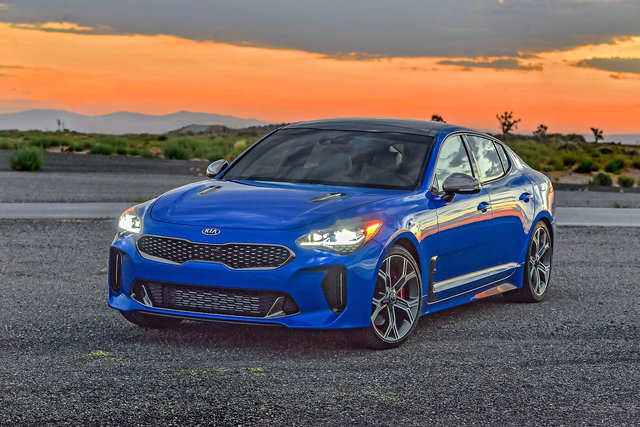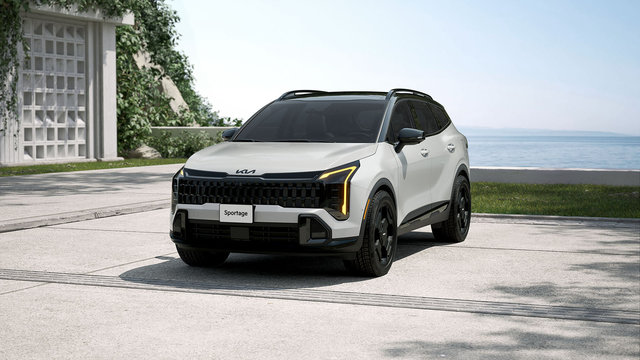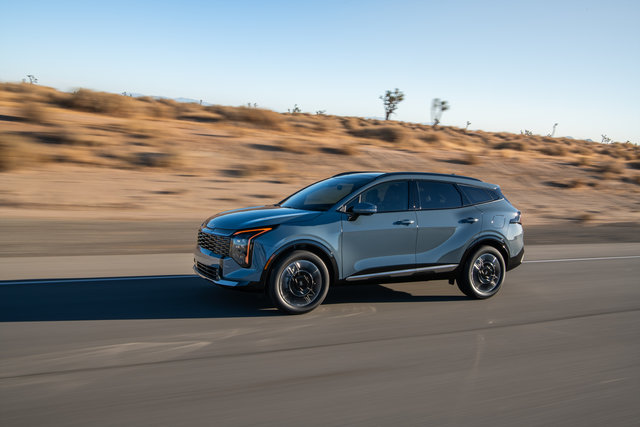Planning a winter getaway to Mont-Tremblant or the Laurentians? Choosing the right SUV can make all the difference when you're packing skis, snowboards, boots, and gear for the whole family. The 2026 Kia Sorento and 2026 Kia Sportage both offer versatile cargo solutions, but their capacities differ significantly depending on your needs. If you're comparing these two popular Kia SUVs for your...

Your Kia has just gone through another harsh winter. With the arrival of warmer weather, it's time to start thinking about how to make sure your vehicle has a great summer, and how to make your summer even better.
And in order to prepare your vehicle for the summer, you need to keep an eye on a lot of little things, from the condition of the windshield wipers to changing the motor oil, not to mention checking the tire pressure.
Let's take a look at a few things.
Tires
Let's start our tour with the summer tires that need to be put back on your vehicle. If they're new, you don't need to change them, but make sure you put the right air pressure back in them. Under-inflated tires will wear out faster, won't give you good handling, and will increase your vehicle's fuel consumption.
And if you need new summer tires, the solution is simple; make an appointment in the shop with a Kia expert. He or she can recommend the best tires for your vehicle.
Engine oil
All fluids should be checked as summer approaches and many should be changed. The most important is without a doubt the motor oil and the filter that goes with it. You don't use the same oil in the winter as in the summer, so it's important to give your vehicle the best protection possible.
The air filter
Also, don't forget to have your air filter replaced. This is a very inexpensive expense, but one that can save you money in the long run. And your vehicle's fuel consumption will only improve with a clean filter.
Brakes
The entire brake system should be inspected thoroughly every year, and spring is the perfect time to do it. Let your service specialist take a close look at the brake pads, rotors, drums (if equipped), calipers and brake fluid. Brake fluid should be replaced every 40,000 km to 60,000 km, as suggested in the owner's manual.
Belts and Ducts
Your Kia's engine is equipped with various ducts and one or two belts. A visual inspection can help you determine if any changes need to be made. A belt that does not have proper tension is also an indication of wear. When in doubt, we are here to perform these checks for you.
Otherwise, any operation that could bring some care to your vehicle is an investment in itself, such as a treatment to protect the paint, for example.
Other Articles That May Interest You
The 2026 Kia Sportage Hybrid stands out in Canada's competitive compact SUV segment by delivering fuel efficiency, all-wheel-drive capability, and advanced technology. For eco-conscious drivers in Quebec seeking a practical family vehicle that doesn't compromise on performance or features, the Sportage HEV offers a strong case as Kia's leading compact SUV choice. With its refined hybrid...
Winter driving in Laval brings unique challenges—from icy highways to reduced visibility during snowstorms. The 2026 Kia Carnival Hybrid addresses these conditions with a comprehensive suite of safety technologies designed to protect your family when roads become unpredictable. From advanced collision prevention systems to heated features that maintain clear sightlines, this hybrid minivan...






